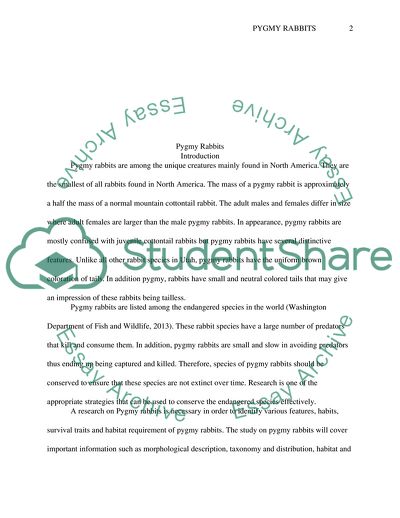Cite this document
(Pygmy Rabbits - Species Features Research Proposal Example | Topics and Well Written Essays - 1250 words, n.d.)
Pygmy Rabbits - Species Features Research Proposal Example | Topics and Well Written Essays - 1250 words. https://studentshare.org/biology/1874597-pygmy-rabbits
Pygmy Rabbits - Species Features Research Proposal Example | Topics and Well Written Essays - 1250 words. https://studentshare.org/biology/1874597-pygmy-rabbits
(Pygmy Rabbits - Species Features Research Proposal Example | Topics and Well Written Essays - 1250 Words)
Pygmy Rabbits - Species Features Research Proposal Example | Topics and Well Written Essays - 1250 Words. https://studentshare.org/biology/1874597-pygmy-rabbits.
Pygmy Rabbits - Species Features Research Proposal Example | Topics and Well Written Essays - 1250 Words. https://studentshare.org/biology/1874597-pygmy-rabbits.
“Pygmy Rabbits - Species Features Research Proposal Example | Topics and Well Written Essays - 1250 Words”. https://studentshare.org/biology/1874597-pygmy-rabbits.


